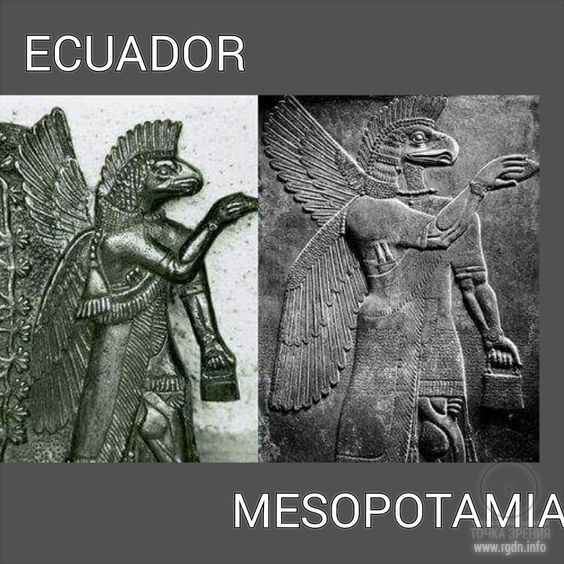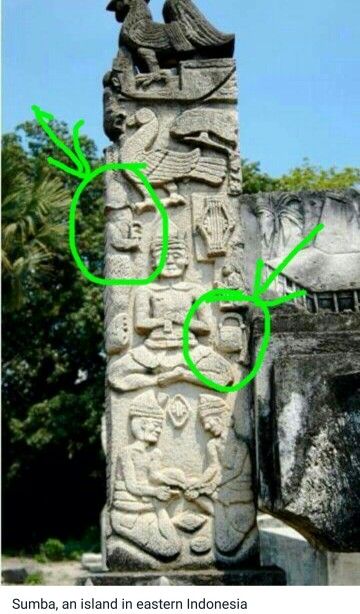It looks like you're using an Ad Blocker.
Please white-list or disable AboveTopSecret.com in your ad-blocking tool.
Thank you.
Some features of ATS will be disabled while you continue to use an ad-blocker.
share:
originally posted by: Itisnowagain
a reply to: Harte
Was it Descartes that wrote that people back then (in the days of handbags) believed rotting meat turned into flies?
No.
Wiki
The doctrine of spontaneous generation was coherently synthesized by Aristotle,[2] who compiled and expanded the work of earlier natural philosophers and the various ancient explanations for the appearance of organisms, and was taken as scientific fact for two millennia. Though challenged in the 17th and 18th centuries by the experiments of Francesco Redi and Lazzaro Spallanzani, spontaneous generation was not disproved until the work of Louis Pasteur and John Tyndall in the mid-19th century.
Descartes lived in the 17th Century. It was at that time that the first experiments showing rotten meat doesn't turn into flies were performed.
Harte
a reply to: Harte
Mister Harte...
It is quite blatantly obvious through ancient literature, that many of the ancient cultures knew about this gland in the body. And they knew about its purpose too.
In the Bible Jesus talks about turning 'the eye' inwards - note the singular. He also tells people to go the City Pineal...
"Genesis 32:30
So Jacob named the place Peniel, explaining, Certainly I have seen God face to face and have survived."
"Matthew 6:22
The light of the body is the eye: if therefore thine eye be single, thy whole body shall be full of light."
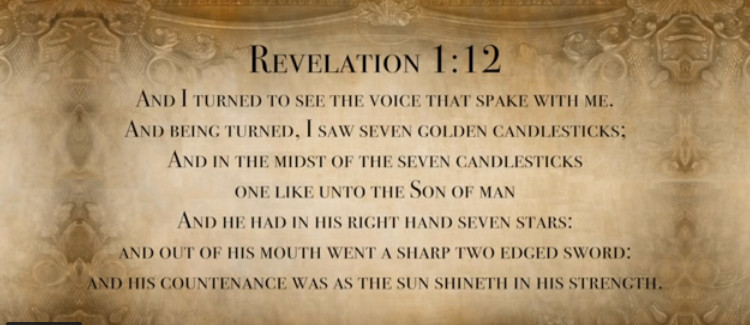
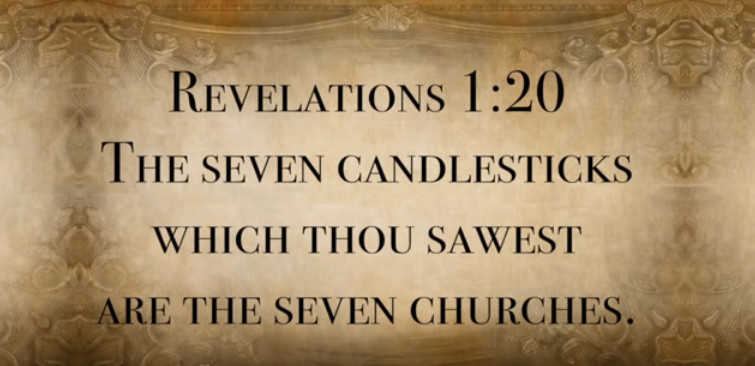
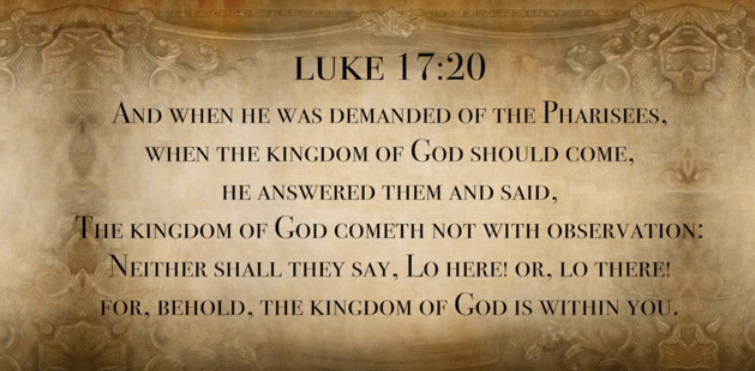

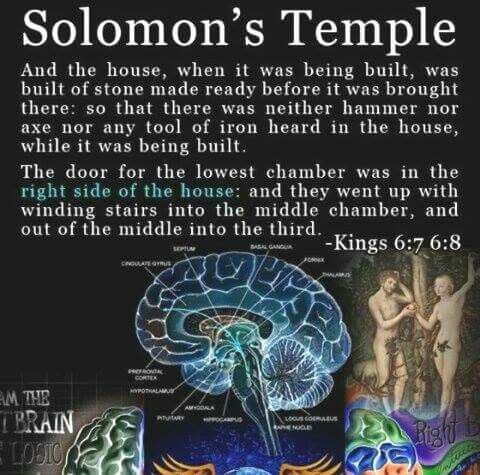
In the Vedic Scriptures Lord Siva is represented with having three eyes. The third eye giving him inward vision but capable of burning destruction when focused outward.
Veda means 'to know or knowledge'.
www.veda.harekrsna.cz...
Egypt... Coincidence? Yet another of the now countless coincidences, regarding this particular subject...
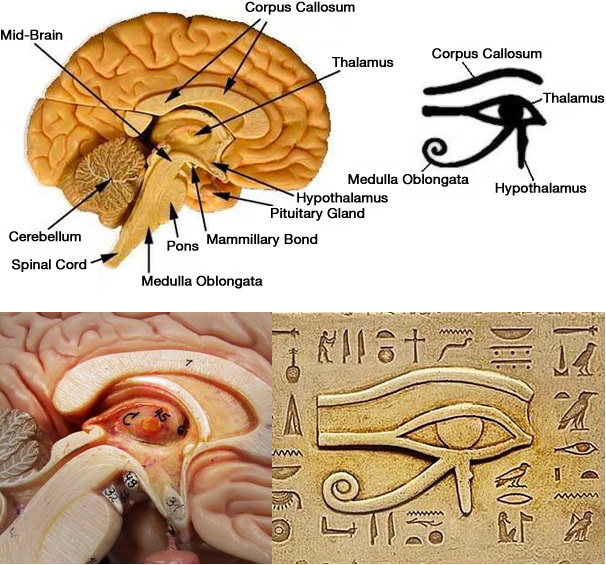
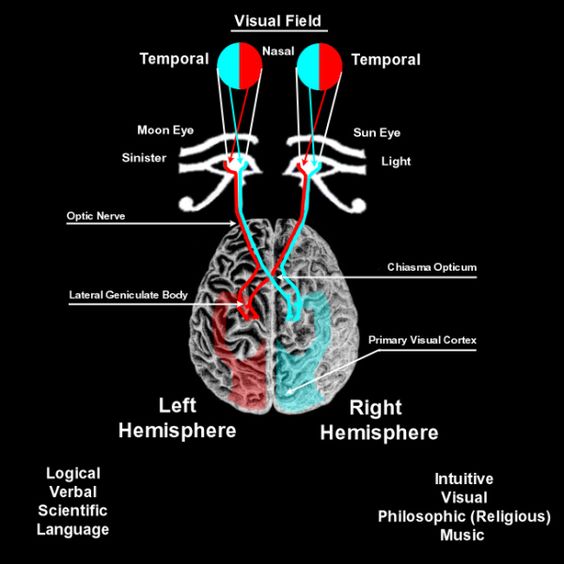
Sumerians... Well imho evidently by displaying the pine cone in the rock reliefs, yes they knew about them too! And used it in some way upon the Tree of Life...
What do you think it represents then? What are the pine cones meant to symbolise? And what on earth would they actually be talking about if not the pineal gland?
Mister Harte...
It is quite blatantly obvious through ancient literature, that many of the ancient cultures knew about this gland in the body. And they knew about its purpose too.
In the Bible Jesus talks about turning 'the eye' inwards - note the singular. He also tells people to go the City Pineal...
"Genesis 32:30
So Jacob named the place Peniel, explaining, Certainly I have seen God face to face and have survived."
"Matthew 6:22
The light of the body is the eye: if therefore thine eye be single, thy whole body shall be full of light."





In the Vedic Scriptures Lord Siva is represented with having three eyes. The third eye giving him inward vision but capable of burning destruction when focused outward.
Veda means 'to know or knowledge'.
Bhagavata Purana 11.20.4 ("O Lord, this Vedas of yours is the supreme 'eye', by virtue of which the demigods, forefathers and mortals apprehend those things beyond the range of perception, regarding even the highest goal and the means of attainment.").
www.veda.harekrsna.cz...
Egypt... Coincidence? Yet another of the now countless coincidences, regarding this particular subject...


Sumerians... Well imho evidently by displaying the pine cone in the rock reliefs, yes they knew about them too! And used it in some way upon the Tree of Life...
What do you think it represents then? What are the pine cones meant to symbolise? And what on earth would they actually be talking about if not the pineal gland?
originally posted by: fluff007
a reply to: Harte
Mister Harte...
It is quite blatantly obvious through ancient literature, that many of the ancient cultures knew about this gland in the body. And they knew about its purpose too.
Sorry, no.
Having an inner (or third, or mystical,) eye is a thing in ancient religion though. A thing that proponents of this type of ignorance have glommed onto.
I believe I've already shown that nobody knew what the pineal gland was as recently as the 19th Century.
Even today's creators of memes don't know what it is, since their eye of Horus never even touches the gland in their overlays.
Harte
originally posted by: Harte
originally posted by: Sirstudly
originally posted by: Harte
originally posted by: purplemer
a reply to: Harte
There's no evidence those are bags or buckets.
Apart from the three bags at the top of the pillar!
You see them as bags. Nobody is holding one, so I see that there's no way to tell.
For example, the recent proposal about G.T.'s carvings representing constellations says these things you see as bags represent sunsets.
Dice it how you will. But answer this. What is he carrying..
Well, I already told you what the people that created the artwork said - they are buckets. And purifiers.
Harte
Really??? Just buckets. Of all the things they could represent the gods having....buckets. Just empty buckets?? Does that make sense to you? This symbol has been used all around the world for over ten thousand years and you think its just a bucket. That's the most important thing they could etch into stone???
Regarding pillar 43 at gobleki tepi, are you saying you believe that they are a different symbol? If so, why? And if not, then why would buckets be of such importance for these vast spans of time?
I stated there's no reason to believe they are buckets. As I said, the recent astrological claim made calls them representations of sunsets.
Just because they look like buckets doesn't make them buckets.
As was stated earlier in this thread (I believe it was this thread,) some of the "bucket" pics presented are actually standard weights used on scales.
originally posted by: Sirstudly
You don't seem very open to ideas and seem to think this is all settled! A rather naive stance to take.
It's what they were called in Akkadian and Sumerian cuneiform writings, so you can't blame me for it and it doesn't matter what I think. We don't have any choice, since the language is translatable. They are buckets.
What they held is another matter.
The bucket and cone were definitely used in purification rituals. Since nobody has ever found any writings concerning exactly what was being dipped into with the cone and applied or sprinkled, we have no way (right now) of knowing the contents of the buckets (holy water, anointing oil, pollen of some sort, whatever,) but we DO know they are buckets because, as I said, that's what the people that held the belief called them.
Lastly, you said " Of all the things they could represent the gods having..." I will reiterate here that these are Apkallu, or in Sumerian Abgal. They were not gods and weren't worshiped by anyone, as far as has been found anyway.
Harte
I really don't think the calling it one name or another changes what it is. If the shared experience that lead to them both having man bags goes back far enough in pre-history, there would have been plenty of time for linguistic drift to set it.
Besides that, the man bags aren't the only things their art has in common. There is also the issue of 7 headed snakes, and I think the guys wearing fish on their backs also might be common (Or maybe that part was only Sumerian?)
This guy does a good job of showing it without adding too much speculation of his own (until the end of the vid).
www.youtube.com...
Obviously they are the batteries for their wrist mounted blasters.
originally posted by: Harte
originally posted by: fluff007
a reply to: Harte
Mister Harte...
It is quite blatantly obvious through ancient literature, that many of the ancient cultures knew about this gland in the body. And they knew about its purpose too.
Sorry, no.
Having an inner (or third, or mystical,) eye is a thing in ancient religion though. A thing that proponents of this type of ignorance have glommed onto.
I believe I've already shown that nobody knew what the pineal gland was as recently as the 19th Century.
Even today's creators of memes don't know what it is, since their eye of Horus never even touches the gland in their overlays.
Harte
Why dont you address the points Fluff made instead of pretending they dont exist. What do you think the bible is talking about for example when the bible talks about the City Pineal...
originally posted by: bloodymarvelous
originally posted by: Harte
originally posted by: Sirstudly
originally posted by: Harte
originally posted by: purplemer
a reply to: Harte
There's no evidence those are bags or buckets.
Apart from the three bags at the top of the pillar!
You see them as bags. Nobody is holding one, so I see that there's no way to tell.
For example, the recent proposal about G.T.'s carvings representing constellations says these things you see as bags represent sunsets.
Dice it how you will. But answer this. What is he carrying..
Well, I already told you what the people that created the artwork said - they are buckets. And purifiers.
Harte
Really??? Just buckets. Of all the things they could represent the gods having....buckets. Just empty buckets?? Does that make sense to you? This symbol has been used all around the world for over ten thousand years and you think its just a bucket. That's the most important thing they could etch into stone???
Regarding pillar 43 at gobleki tepi, are you saying you believe that they are a different symbol? If so, why? And if not, then why would buckets be of such importance for these vast spans of time?
I stated there's no reason to believe they are buckets. As I said, the recent astrological claim made calls them representations of sunsets.
Just because they look like buckets doesn't make them buckets.
As was stated earlier in this thread (I believe it was this thread,) some of the "bucket" pics presented are actually standard weights used on scales.
originally posted by: Sirstudly
You don't seem very open to ideas and seem to think this is all settled! A rather naive stance to take.
It's what they were called in Akkadian and Sumerian cuneiform writings, so you can't blame me for it and it doesn't matter what I think. We don't have any choice, since the language is translatable. They are buckets.
What they held is another matter.
The bucket and cone were definitely used in purification rituals. Since nobody has ever found any writings concerning exactly what was being dipped into with the cone and applied or sprinkled, we have no way (right now) of knowing the contents of the buckets (holy water, anointing oil, pollen of some sort, whatever,) but we DO know they are buckets because, as I said, that's what the people that held the belief called them.
Lastly, you said " Of all the things they could represent the gods having..." I will reiterate here that these are Apkallu, or in Sumerian Abgal. They were not gods and weren't worshiped by anyone, as far as has been found anyway.
Harte
I really don't think the calling it one name or another changes what it is. If the shared experience that lead to them both having man bags goes back far enough in pre-history, there would have been plenty of time for linguistic drift to set it.
Besides that, the man bags aren't the only things their art has in common. There is also the issue of 7 headed snakes, and I think the guys wearing fish on their backs also might be common (Or maybe that part was only Sumerian?)
This guy does a good job of showing it without adding too much speculation of his own (until the end of the vid).
www.youtube.com...
The carp cape was done in Assyria. I don't think there's evidence of any fish-men in Sumer. But Sumer was only the beginning and lots of people call Babylonian "Sumerian," especially when discussing myths, because that's the language they used for their religion and official documents.
Truth is, I can spot Assyrian easily, but I've seen so dang much of it I doubt myself when I see other types. Probably because of the animal heads, idiots think they're posting pics of Anunnakis. You see that everywhere.
Harte
originally posted by: purplemer
a reply to: Harte
Anyone that says there could not possibly be a link between these sites and images must be blind or suffering cognitive dissonance.
A picture speaks a thousand words..
On the left is a modern metalwork made by natives for Father Crespi. It's a copy of the legitimate Assyrian relief of an Apkallu shown at right.
So, there's your connection.
Harte
a reply to: purplemer
Heavens above, a feathered dinosaur? But, but.... Is the reptilia theory possible? Are advanced, neo-feathered saurians in fact present somewhere on earth, projecting their consciousness into the body-consciousness of our leaders? Now I'm concerned. The most frightening dream I ever had occurred immediately after reading one of Icke's early books (which didn't phase me at all when I was reading it, I thought it was nuts) - a visitation by a very, very dark power, which caused such intense fear that it felt I would perish from it. I threw the book away & didn't dare read any more on the dinosaur theory for a long while.
Heavens above, a feathered dinosaur? But, but.... Is the reptilia theory possible? Are advanced, neo-feathered saurians in fact present somewhere on earth, projecting their consciousness into the body-consciousness of our leaders? Now I'm concerned. The most frightening dream I ever had occurred immediately after reading one of Icke's early books (which didn't phase me at all when I was reading it, I thought it was nuts) - a visitation by a very, very dark power, which caused such intense fear that it felt I would perish from it. I threw the book away & didn't dare read any more on the dinosaur theory for a long while.
The serpent was the craftiest of all the creatures in the Garden that the Lord God had made..
Genesis 3:1
originally posted by: Harte
originally posted by: purplemer
a reply to: Harte
Anyone that says there could not possibly be a link between these sites and images must be blind or suffering cognitive dissonance.
A picture speaks a thousand words..
On the left is a modern metalwork made by natives for Father Crespi. It's a copy of the legitimate Assyrian relief of an Apkallu shown at right.
So, there's your connection.
Harte
There is also this object:
www.ancient-origins.net...
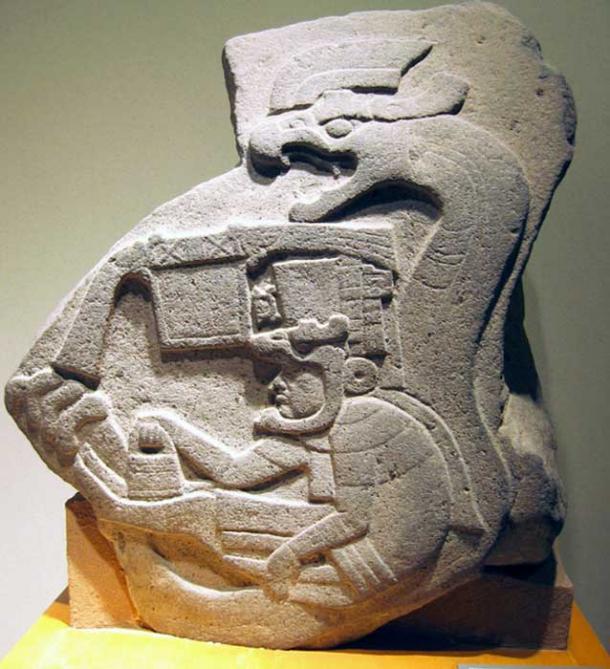
Seems likely to be a "medicine bag" for some kind of shamanistic ritual.
It could be something simple, like shamans from many cultures around the world all found hand bags/ baskets/ buckets to be a handy way of carrying their ritual incense, or other reagents for their craft. That way they could always be ready to cast an anti-hex if an evil spirit were to put some random curse you. (In return for a small donation, of course.)
I'm wondering if the 7 headed serpent is some kind of allegory for the 7 primary keys of the musical spectrum (the ones that aren't sharp or flat)?
I'm more interested in knowing why 7 headed serpents are appearing everywhere. Why some cultures don't give it 6 heads, or 8.
a reply to: Toolman18
Handbags and pinecones. Its all handbags and pinecones all the way down, that or turtles.
I don't know man, it all can mean a variety of things and also nothing in particular. Or as in most cases it is an interpretation of both.
And for all of there splendor it seems that these gods could have left behind something a bit more sophisticated or at the least something better then stories of stories and some wicked cool stick figure pictures describing how all of life the universe and possibly all of existence came into being.
Or just the first attempts at artistic expression and bags and buckets were all the rage back then. Or whatever you want to make of it.
But if you want to learn a bit more about the handbags of the gods. Here is the thread. Some people just seem to have this compulsive behavior for the nuance of benign interpretation of the absolute meaning in complete flights of fancy of there minds. Or maybe it could actually mean something. But now is just not that time, and hence misunderstood.
Who knows and who cares right? The Handbags of the Gods
Handbags and pinecones. Its all handbags and pinecones all the way down, that or turtles.
I don't know man, it all can mean a variety of things and also nothing in particular. Or as in most cases it is an interpretation of both.
And for all of there splendor it seems that these gods could have left behind something a bit more sophisticated or at the least something better then stories of stories and some wicked cool stick figure pictures describing how all of life the universe and possibly all of existence came into being.
Or just the first attempts at artistic expression and bags and buckets were all the rage back then. Or whatever you want to make of it.
But if you want to learn a bit more about the handbags of the gods. Here is the thread. Some people just seem to have this compulsive behavior for the nuance of benign interpretation of the absolute meaning in complete flights of fancy of there minds. Or maybe it could actually mean something. But now is just not that time, and hence misunderstood.
Who knows and who cares right? The Handbags of the Gods
originally posted by: anun369
a reply to: Harte
The bags appear in many places. That is shown on this thread. Why do you refute your own words that say they have five independent lineages.
The bags come from only two different cultures, which are separated by over 2000 years in time.
"Many places?"
You mean the Middle East and Mesoamerica?
Almost every "bag" shown in this thread comes from the same culture - Assyrian.
Obviously, you can ASSUME that the icons at Gobekli Tepe are bags or buckets, but nobody is holding them like in the other iconography so it's simply your assumption.
Besides that, what is so mysterious about different cultures creating things to carry their stuff in?
Harte
a reply to: FlyInTheOintment
Lets not get started about what is in Antarctica.. Have a read of the book of Enoch. Yes it is very possible and matches mythos that there are different beings some of which have a lizard appearance.
f
Lets not get started about what is in Antarctica.. Have a read of the book of Enoch. Yes it is very possible and matches mythos that there are different beings some of which have a lizard appearance.
f
new topics
-
Cold Blooded Killers on Christmas!! GRRRRrrr!!
Pets: 5 hours ago -
Plane Crash Today --Azerbaijanian E190 passenger jet
Mainstream News: 9 hours ago
top topics
-
Orange County Makes Shoplifting a Felony
Other Current Events: 13 hours ago, 17 flags -
It's Offical Now
US Political Madness: 15 hours ago, 15 flags -
The reason it works is.....
General Chit Chat: 16 hours ago, 8 flags -
Cold Blooded Killers on Christmas!! GRRRRrrr!!
Pets: 5 hours ago, 7 flags -
Plane Crash Today --Azerbaijanian E190 passenger jet
Mainstream News: 9 hours ago, 6 flags
active topics
-
Plane Crash Today --Azerbaijanian E190 passenger jet
Mainstream News • 13 • : Boomer1947 -
Cold Blooded Killers on Christmas!! GRRRRrrr!!
Pets • 7 • : charlest2 -
Statements of Intent from Incoming Trump Administration Members - 2025 to 2029.
2024 Elections • 54 • : WeMustCare -
DefCon Teetering on Escalation
World War Three • 51 • : WeMustCare -
-@TH3WH17ERABB17- -Q- ---TIME TO SHOW THE WORLD--- -Part- --44--
Dissecting Disinformation • 3813 • : WeMustCare -
1 Billion dollars
General Entertainment • 13 • : ColeYounger2 -
It's Offical Now
US Political Madness • 15 • : Imhere -
Political Warfare & The Resister Special Forces Underground
Political Ideology • 2 • : NoCorruptionAllowed -
London Christmas Market BANS Word ‘Christmas’
Social Issues and Civil Unrest • 49 • : NorthOS -
Post A Funny (T&C Friendly) Pic Part IV: The LOL awakens!
General Chit Chat • 7956 • : KrustyKrab

